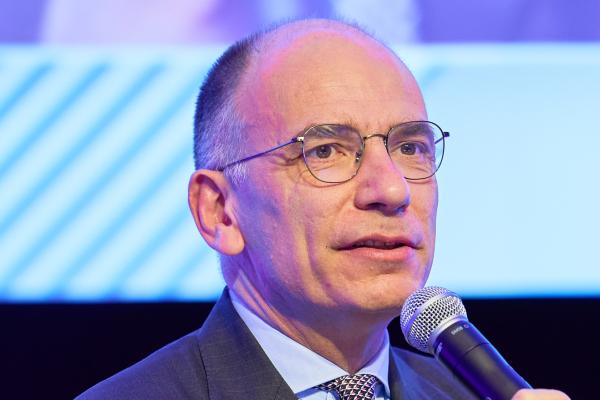Cleaner and quieter future for Europe’s skies
Air traffic produces about 3 % of global greenhouse gas emissions today, and increased volume means it would produce triple the amount by 2050 with current technology.
That means dramatic reductions in aeroplane emissions will be needed to meet EU climate and energy objectives. However, such radical innovation is risky and expensive, making it hard for private companies to commit by themselves.
The EU’s Clean Sky projects – of which the second, Clean Sky 2 (CS2) starts next year – are bringing together the EU and industrial companies, universities, and public research centres to forge technological breakthroughs for Europe’s civil aircraft makers.
‘The exceptional innovations that may be achieved in aeronautics thanks to technology development require major resources,’ said Daniele Romiti, Chief Executive of AgustaWestland, a British-Italian helicopter design and manufacturing company. ‘But private investment alone may not be enough … that is why synergies between private and public initiatives must be sought.’
Quieter and more efficient
The ultimate goal of CS2 is to stimulate the development of technology that will make aircraft quieter and more efficient, cutting noise levels and carbon dioxide emissions by between 20 % and 30 %.
Despite the low percentage of total emissions that come from air transport, they are released high in the atmosphere where the impact is relatively bigger than from road transport and electricity.
CS2 – which will run until 2024 with a total budget of EUR 4.05 billion, including EUR 1.8 billion from the EU – plans to build on the results of its predecessor, Clean Sky. Over five years, Clean Sky has achieved technology improvements that could reduce carbon dioxide emissions from aviation by more than 20 % compared with 2000 levels, Eric Dautriat, its executive director, said.
“‘If we want to keep pace in this fast-moving world, we have to achieve real technological breakthroughs.’
Taken together, the projects will contribute to the objectives of reducing by 2050 fuel consumption and carbon emissions by 75 % compared to 2000 levels, nitrous oxides by 90 %, and external noise by 60 %.
Clean Sky has achieved improvements of a third in the environmental areas it focussed on, according to Jean-Paul Herteman, Chief Executive of Safran, a French aerospace company. ‘All of these advances will considerably reduce the pollution released by aircraft,’ he said.
Jobs and growth
Boosts to competitiveness from CS2 – one of five planned partnerships between industry and government recently unveiled by the EU – could also help the more than 2 000 companies and 734 000 direct employees that work in the European aerospace and defence industry, which produces annual sales of EUR 171 billion. Some 80 000 subcontractors are, to some extent, dependent on the industry too.
'Europe needs to develop new technologies to create new opportunities and new highly-specialised jobs,’ said Manuela Soares, Director of the Transport Directorate at the European Commission's Directorate-General for Research and Innovation.
One of the technologies started under the first Clean Sky project is the natural laminar flow wing, a new kind of wing that can substantially reduce drag. The wing has the potential to reduce fuel consumption by up to 4 %, and it will be tested on the Airbus A340-300 in the second half of 2014. However, it will require extensive changes to conventional wing design.
‘The Clean Sky programmes allow for multi-annual technical and financial planning and to avoid fragmentation over many short-term projects,’ said AgustaWestland’s Chief Executive Romiti.
The open rotor is another Clean Sky technology that will be further developed under CS2. Open rotors are jet engines in which the propeller is outside the engine casing. They have greater diameters than conventional jet engines and no longer use a heavy, drag-inducing nacelle; the cover that usually houses a jet engine.
That means they could reduce fuel consumption and carbon dioxide emissions by 25 % to 30 % compared to standard jet engines. Challenges include noise and maintenance, but engineers hope the technology will be used in the next generation of single aisle aircraft.
AgustaWestland is participating in a branch of CS2 to develop a tilt-rotor aircraft, which is characterised by a small tiltable wing. This aims to broaden the capabilities of various types of helicopters, for example, letting search-and-rescue machines fly at speeds greater than 300 knots, or 550 km/h.
CS2 will also work on electric aircraft, driven by motors and fuelled by electricity generated by fuel and solar cells or batteries. These are still mostly at the experimental stage. In addition, it will develop new flight management systems to optimise aircraft flight paths.
'If we want to keep pace in this fast-moving world, we have to achieve real technological breakthroughs,’ said Safran’s Herteman.




